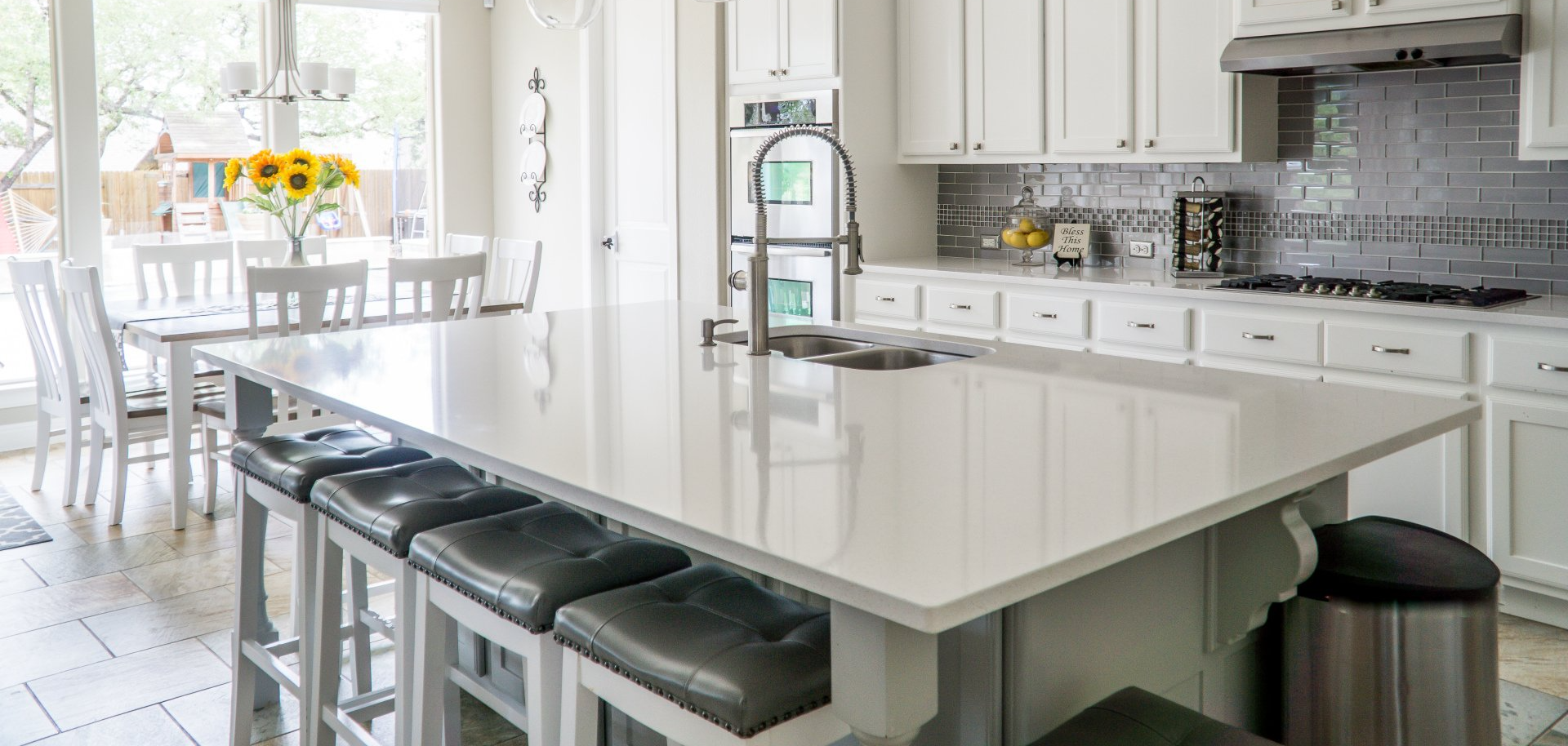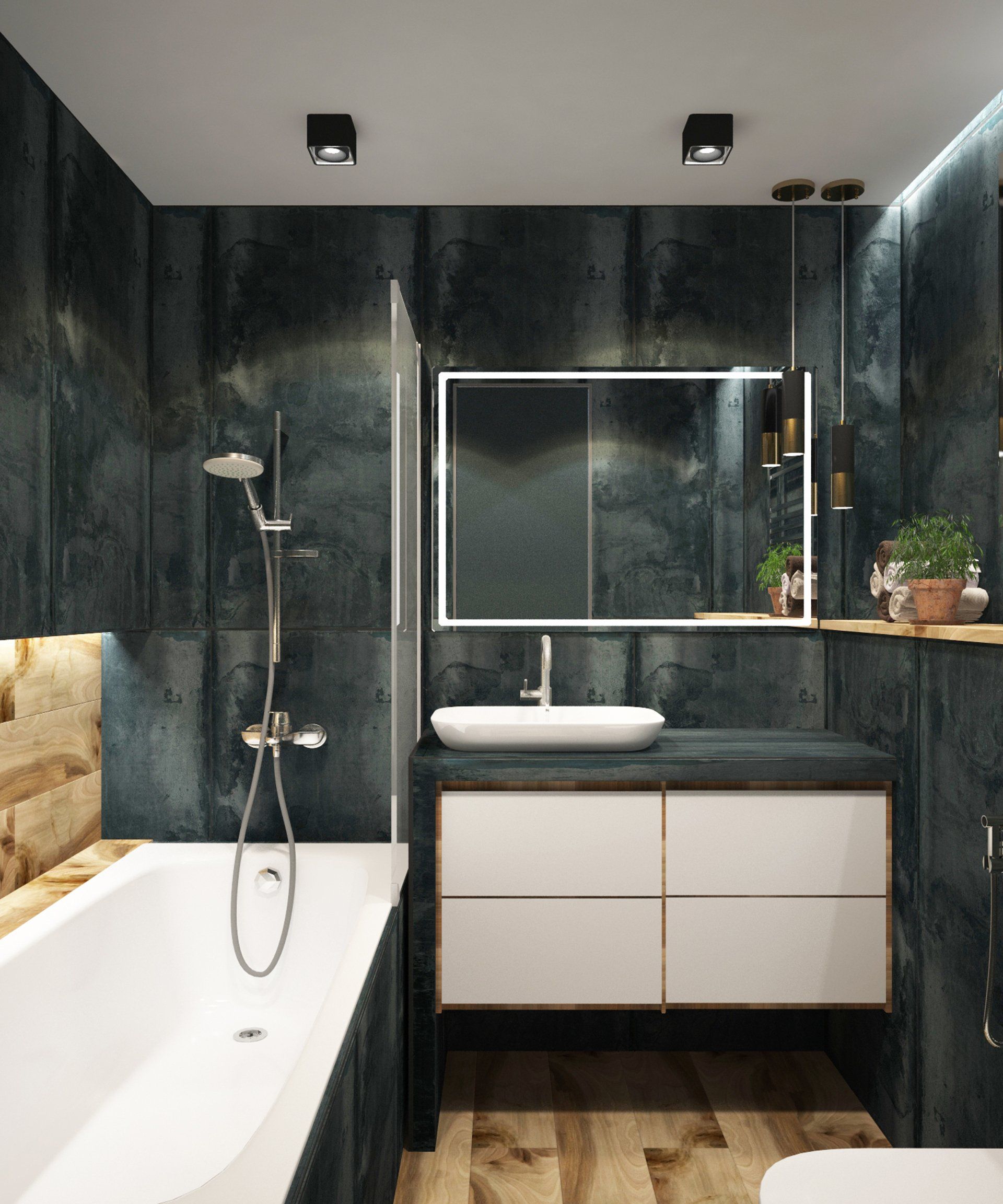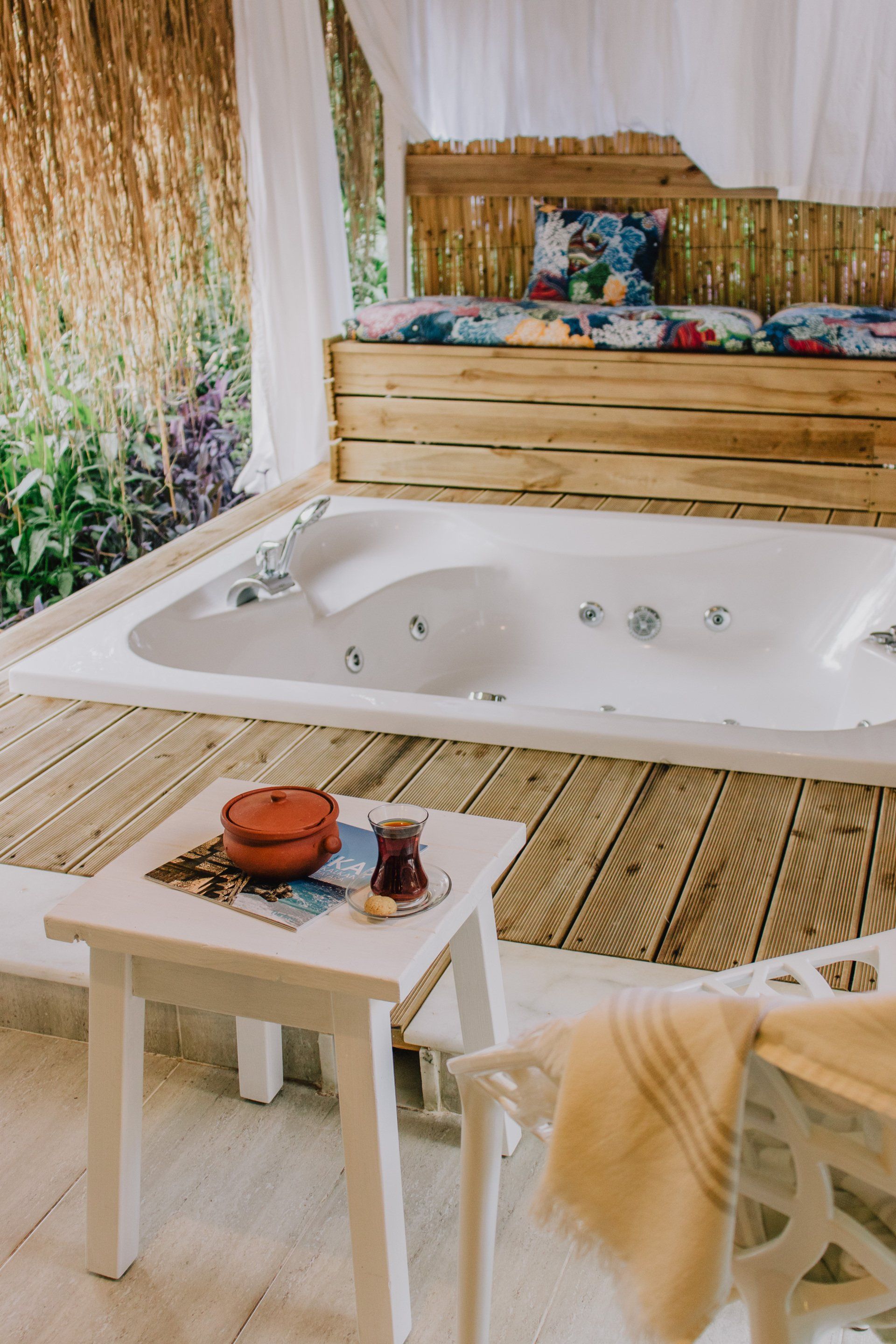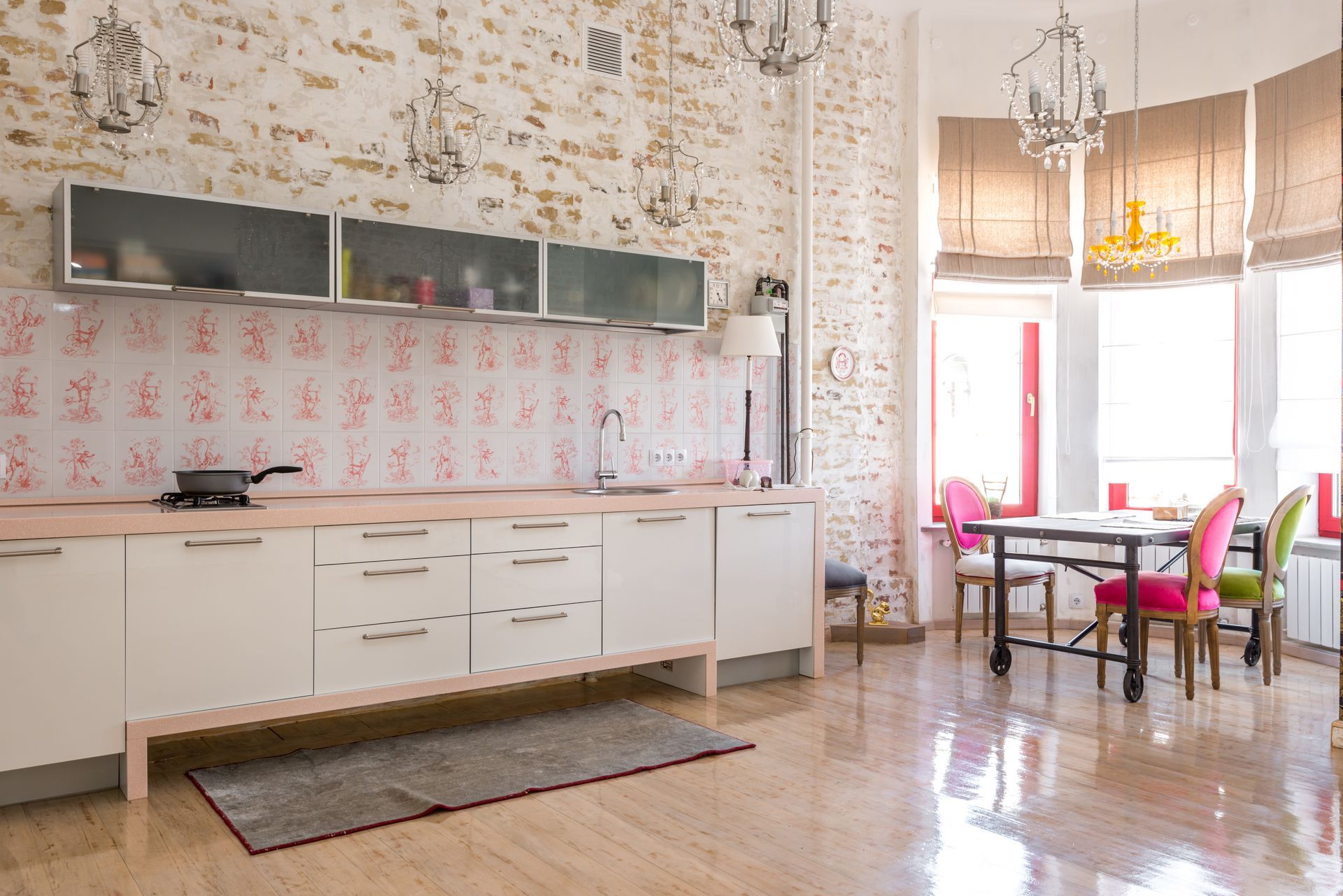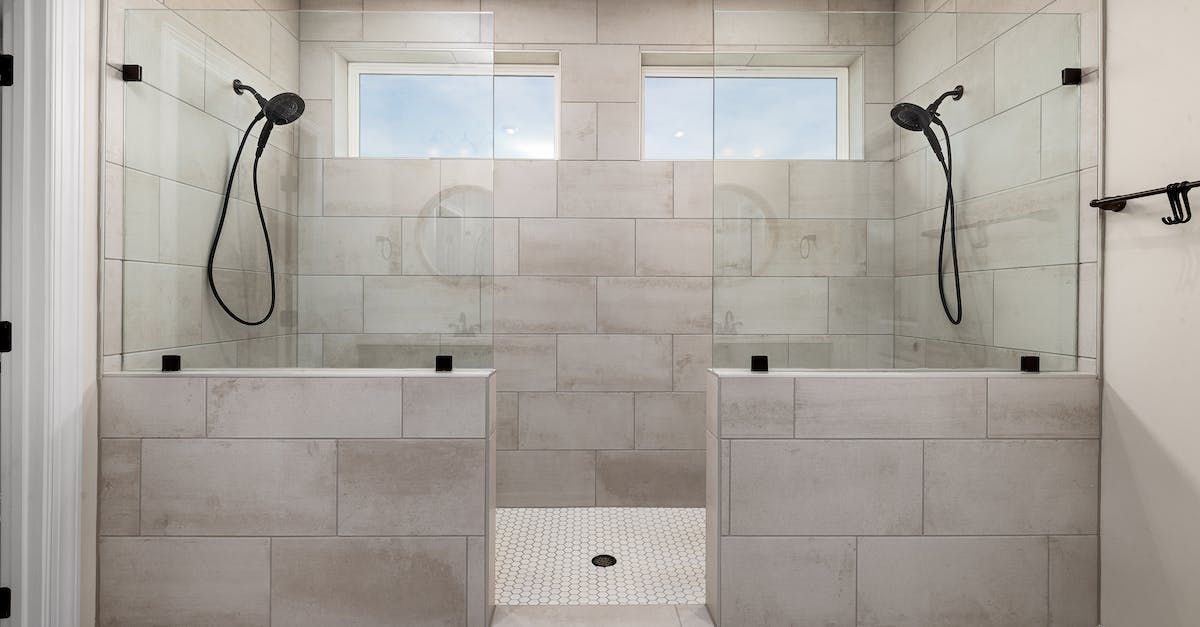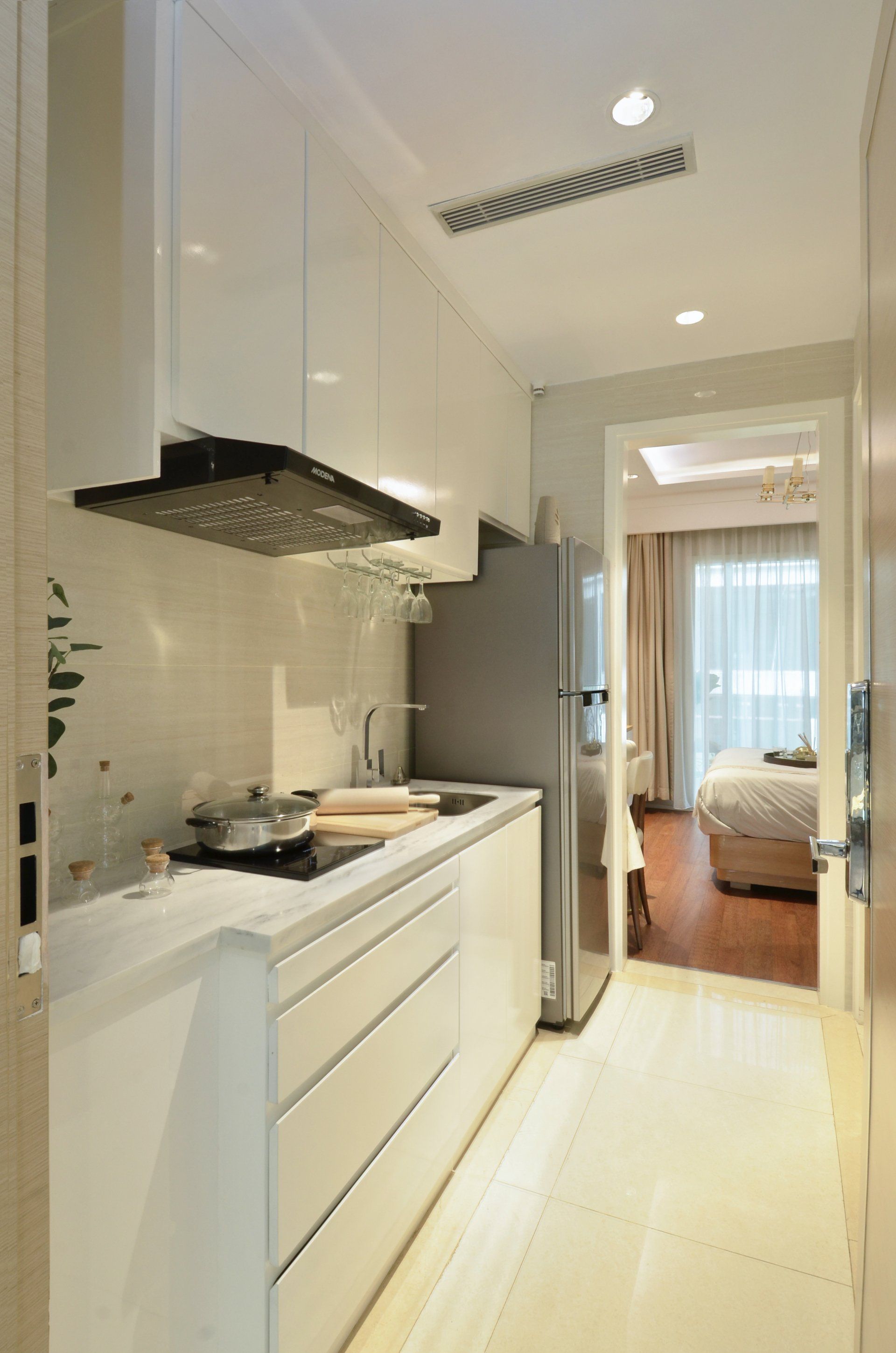Essential Safety Precautions for Bathtub Refinishing
Stay Safe and Get Stunning Results: Essential Safety Precautions for Bathtub Refinishing
Bathtub refinishing, also known as reglazing or resurfacing, is a popular and cost-effective way to restore an old, worn-out bathtub to its former glory.
While this process can breathe new life into your bathroom without the expense of a full
bathtub renovation, it's crucial to take specific safety precautions to ensure the job is done safely and effectively.
This article will guide you through the essential safety precautions for bathtub refinishing, answering common questions and providing tips for a smooth, hazard-free experience.
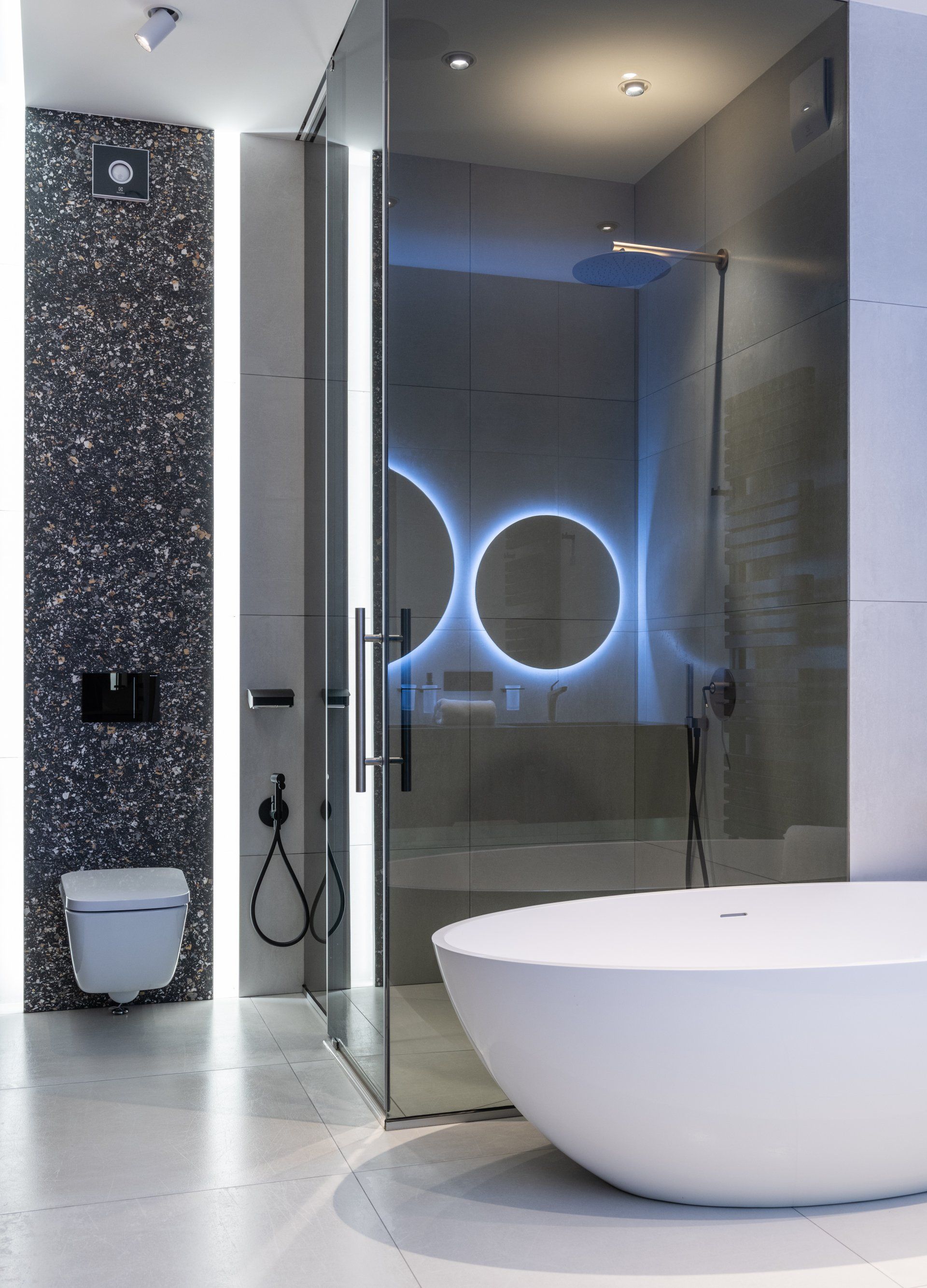
Understanding Bathtub Refinishing
Before diving into the safety precautions, it's essential to understand what bathtub refinishing involves. This process typically includes cleaning the tub, sanding down the surface, applying a primer, and then coating the tub with a special enamel paint. This new finish gives the bathtub a fresh, glossy look, similar to a new tub, but without the high cost and labor involved in replacing the old one.
Key Safety Precautions for Bathtub Refinishing
1. Proper Ventilation
One of the most critical safety precautions for bathtub refinishing is ensuring proper ventilation. The chemicals used in the reglazing process can emit strong fumes that are hazardous to inhale.
Open Windows and Doors: Ensure that all windows and doors in the bathroom are open to allow for maximum airflow.
Use Exhaust Fans: If your bathroom has an exhaust fan, keep it running throughout the process to help expel fumes.
Portable Fans: Consider using portable fans to increase air circulation further.
2. Protective Gear
Wearing the appropriate protective gear is essential to protect yourself from harmful chemicals and particles.
Respirator Mask: A respirator mask will protect you from inhaling dangerous fumes.
Gloves: Chemical-resistant gloves will protect your hands from coming into direct contact with hazardous substances.
Safety Goggles: To protect your eyes from splashes and fumes.
Protective Clothing: Wear long sleeves and pants to cover your skin and minimize exposure.
3. Using Safe Products
Opt for products that are less toxic and environmentally friendly whenever possible. Some refinishing kits are designed to be safer for both the user and the environment.
Low-VOC Products: Look for products labeled as low-VOC (volatile organic compounds) to reduce the emission of harmful chemicals.
Non-Toxic Options: Some manufacturers offer non-toxic refinishing kits that are safer to use.
4. Preparation of the Work Area
Preparing the work area properly is crucial to ensure safety and efficiency.
Remove Items: Clear the bathroom of any items that may be affected by the chemicals, such as towels, rugs, and toiletries.
Cover Surfaces: Use drop cloths or plastic sheeting to cover surfaces that you don't want to be affected by overspray or spills.
Seal Vents: Seal off any HVAC vents in the bathroom to prevent fumes from spreading to other parts of the house.
5. Safe Disposal of Materials
After completing the refinishing process, it's essential to dispose of all materials safely and responsibly.
Follow Local Regulations: Check with your local waste management authority for guidelines on disposing of chemical products and materials.
Seal Containers: Ensure that all containers holding chemicals are sealed tightly before disposal.
Avoid Drains: Do not pour leftover chemicals down the drain as they can be harmful to the environment and water supply.
Want more tips? Here is a detailed guide on
How to re-finish your bathtub safely!
Frequently Asked Questions
How to Get Rid of the Smell from Reglazing Tub?
The smell from reglazing a tub can be quite strong and unpleasant. Here are some tips to get rid of it:
Ventilate:
Keep the bathroom well-ventilated by opening windows and using fans.
Air Purifiers: Use air purifiers with activated carbon filters to help remove chemical odors from the air.
Baking Soda: Place bowls of baking soda around the bathroom to absorb odors.
Activated Charcoal: Activated charcoal can also absorb and neutralize odors effectively.
How Long Do You Have to Stay Out of Your Apartment After Tub Reglazing?
The time required to stay out of your apartment after tub reglazing can vary depending on the products used and the ventilation.
Minimum Time: Generally, you should stay out of the apartment for at least 24-48 hours to allow the fumes to dissipate and the coating to cure properly.
Check Instructions: Always follow the manufacturer's instructions regarding drying and curing times.
Is It Safe to Bathe in a Reglazed Bathtub?
Once the reglazing process is complete and the tub has fully cured, it is generally safe to bathe in a reglazed bathtub. However, there are a few considerations:
Curing Time: Ensure the bathtub has had sufficient time to cure as recommended by the manufacturer, typically 24-48 hours.
Inspect for Damage: Before using the tub, inspect the surface for any chips or cracks that could expose you to the underlying chemicals.
Maintenance: Avoid using harsh cleaning chemicals or abrasive tools on the reglazed surface to prevent damage.
When to Seek Professional Help
While many homeowners may opt for a DIY approach to bathtub refinishing, there are instances when seeking professional help is the best course of action.
Professionals have the experience, specialized tools, and knowledge to handle the refinishing process safely and efficiently.
They can ensure that the job is done correctly, minimizing the risk of mistakes that could lead to health hazards or unsatisfactory results. If you are unsure about handling the chemicals, lack the necessary protective gear, or simply want peace of mind, hiring a professional can be a worthwhile investment.
Professional refinishing services often come with warranties, providing added assurance that your bathtub will remain in excellent condition for years to come. Additionally, professionals can often complete the job more quickly, allowing you to return to using your bathroom sooner.
Conclusion
Bathtub refinishing is an excellent option for those looking to update their bathroom without the expense and hassle of a full renovation. By following these essential safety precautions, you can ensure a safe and successful refinishing project.
Always prioritize proper ventilation, wear protective gear, choose safe products, prepare your work area thoroughly, and dispose of materials responsibly.
With these steps, you can enjoy a beautifully refinished bathtub without compromising your safety. If in doubt, don't hesitate to seek professional help to guarantee the best results.
Ready to work with DFW Bath & Kitchen Solution?
Let's connect! We’re here to help.
Send us a message and we’ll be in touch.
Or give us a call today at 817-697-0335

